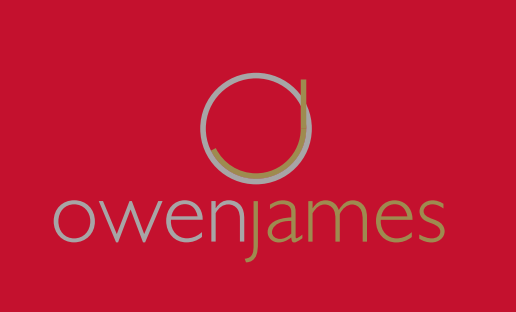


Moderator: Lance Peltz
Expert: John Chapman
Key message
To set the scene, a sample of recent consolidation activity in our industry has been:
- Standard Life (through its subsidiary 1825) has just acquired Munro Partnership Limited following the recent (March 2016) agreement to acquire Almary Green and Pearson Jones in May 2015
- Old Mutual buying Quilter Cheviot following on from Intrinsic (2014)
- Brown Shipley buying Hampton Dean
- Close Brothers bought EOS
- Succession have recently raised funding through HSBC
- Harwood’s recent IPO raising a GBP 25m warchest
- Aberdeen purchasing Parmenion.
- And the mega deal - Tilney & Towry (and all the firms that have been absorbed along the way e.g. Ashcourt Rowan, Baker Tilley, Bestinvest, Ingenious, Thurleigh etc.)
Key themes
- The motives of the vendors and acquirers can vary considerably and whilst the participants all agreed that the client interests should be at the heart of the transaction this may not always be the case (or at least, not clearly evident).
- For the vendor the motives probably fall into one of three categories:
- Realise value / exit plan: This is often driven by the demographic reality of the owners/principals
- Synergies: Manage (or cope with) the increasing regulatory cost, both cost and bandwidth.
- A route to grow the business
For acquirers the motives relate more to the business model, which in the real world is usually a combination of:
- Product providers/Vertical Integrators: Looking to control/own the value chain
- Wealth Managers : acquiring financial planners to add to their service channel
- Consolidators: Essentially taking out costs, often backed by Private Equity and so also looking for an eventual exit
- Segment (e.g. SIPP) acquirers looking to build market share
- Networks : looking for alternative growth routes
- Digital/Fintech: A potentially cheaper route to client acquisition
- This raised the topic of the difference in expectations between vendor and purchaser with the recent volume of activity, possibly stoked by Private Equity interest and brokers raising vendor’s expectations. “Prices are becoming fluffy” noted one participant. This is invariably chipped away by the due diligence process. The exit multiple is significantly enhanced if the business has a technology platform and control of the assets through an owned DFM service.
- Client interests was a consistent thread through both roundtable sessions, particularly in the context of meeting suitability requirements versus the trend to move acquired clients towards the new firm’s investment position, particularly if they were a vertically integrated firm. Most participants thought that this was a challenge that had yet to be fully addressed by the FCA.
- An interesting observation was that there remained good choice for the acquirers but there had been a noticeable improvement in the quality of the (IFA) companies being offered for sale and that this was as a direct consequence of RDR, although no acquirer should be blasé about potential for legacy issues.
- One aspect, discussed in both sessions, albeit differentially nuanced was the impact of consolidation on adviser numbers. All participants agreed that the market place was under provided for. Some participants believed that consolidation would lead to fewer firms, Owen James have cited a figure of c. 5,400 firms currently but there was no agreement as to how this would look like a few years down the line. The optimists believe that there would always be natural replenishment – consolidation will not always work and there will be breakaways along with new entrants to the industry. The FCA seems to be supportive of new DA firms and that obtaining PI insurance will not be a limiting factor.
- On the plus side - Consolidation will lead to the scale that can support well-structured and resourced training programs for graduates and those seeking second careers. Intrinsic’s acquisition of the Financial Adviser School was mentioned as an example of scale supporting these resources.
- Fintech did not get much of a mention however it was voiced that the cost of acquiring clients for fintech businesses has been very high and there is a possibility of fintech firms entering the consolidation marketplace in the near future.
Conclusions
A theme common to both groups was that the cultural fit of the deal must be right and that the proposition must add value to the client. However one participant noted that “these deals seem to be more about the numbers than the people” and that “many transactions don’t work because it is a financial transaction rather than a cultural fit”. Whilst this may not be a revelation it remains a valid conclusion.


